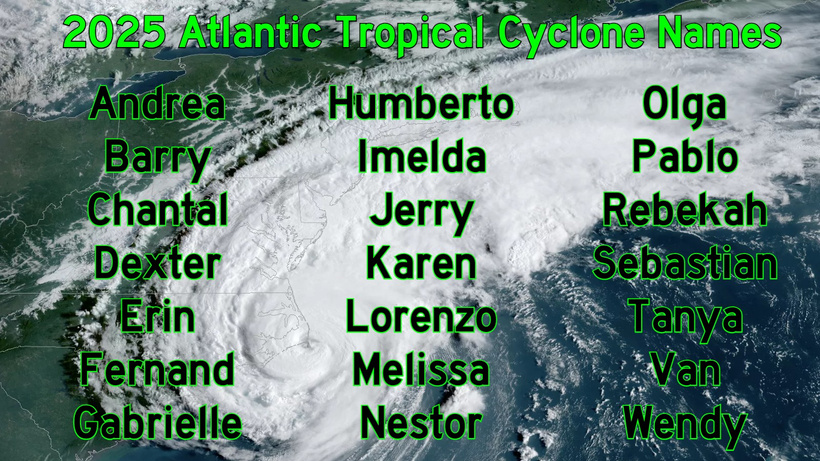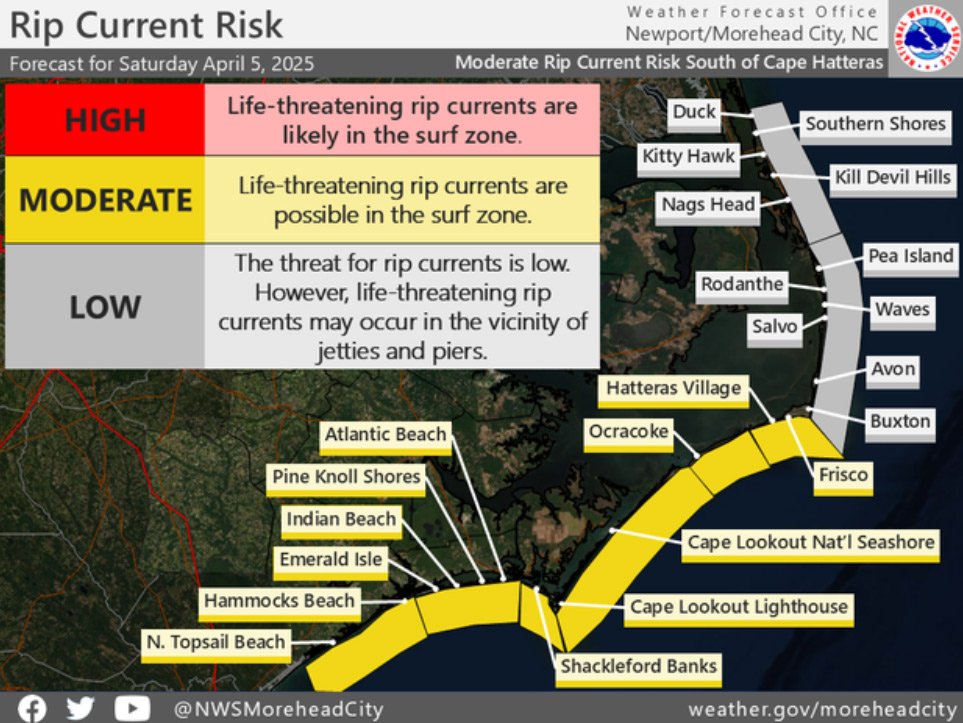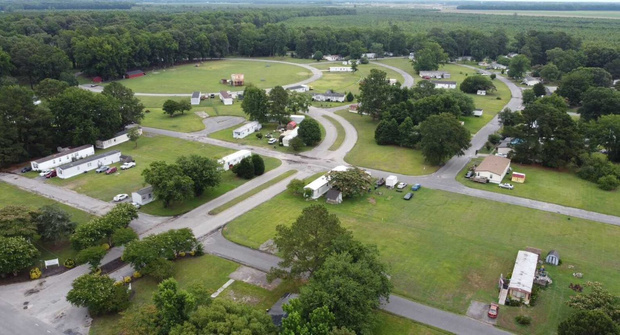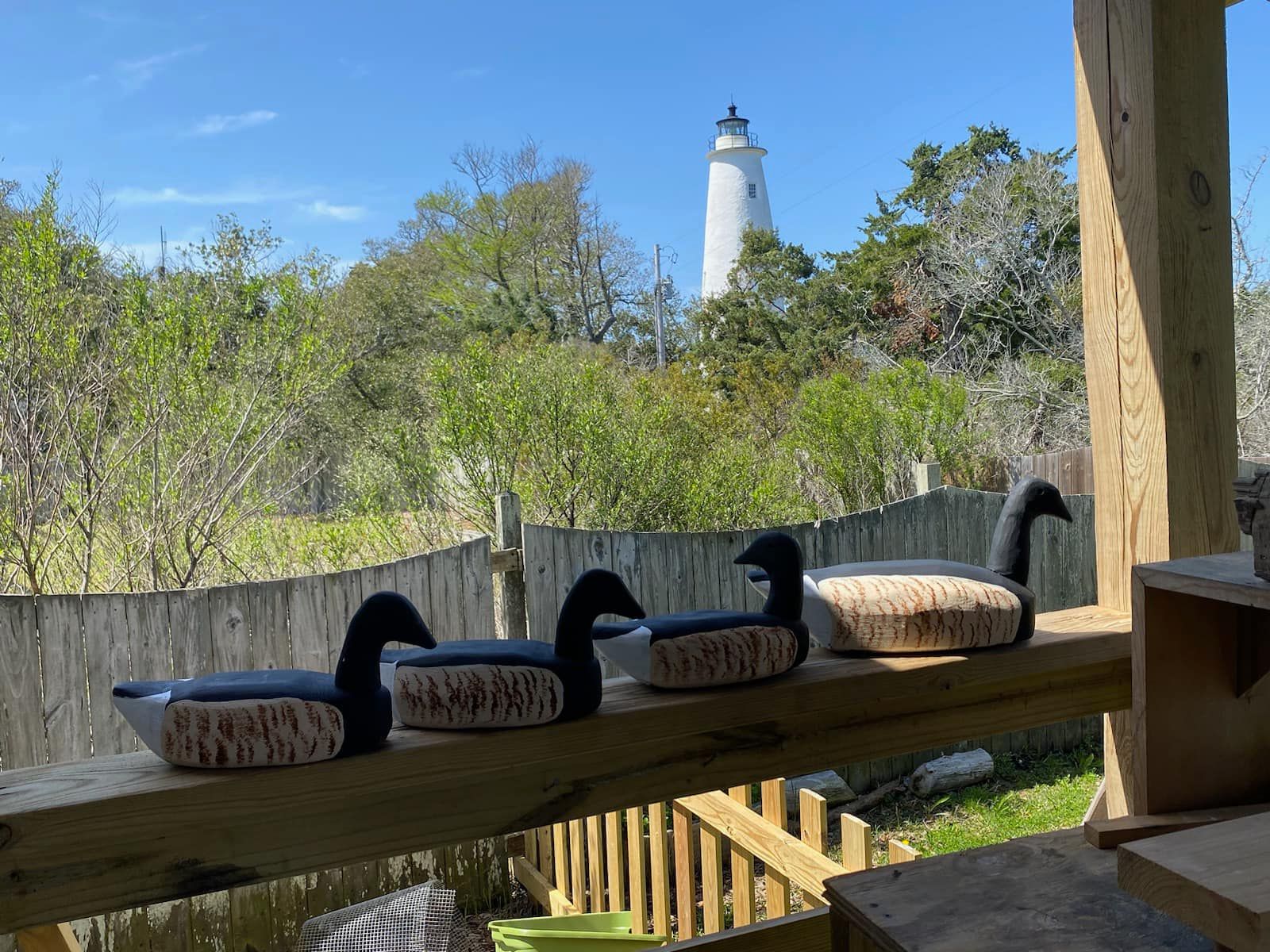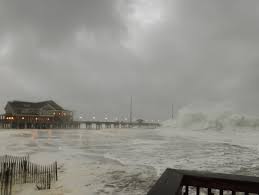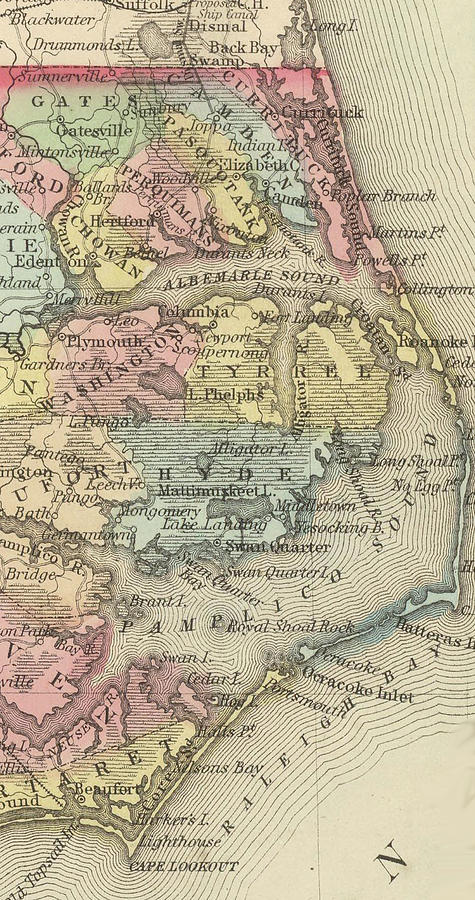The Night Sky: Look for two meteor showers in October
September started off well, and I was able to take this image of the Lagoon Nebula (M8).
M8 is about 6,500 light years away. It is located in the constellation Sagittarius, which can be found slightly above the southern horizon.
The last week of September was plagued by high winds, clouds, and rain. The weather reports were unfavorable for a good sighting of the eclipse of the Supermoon, and I had pretty much given up any hope of viewing the lunar eclipse. I had just about gotten used to the idea of waiting for the next supermoon eclipse in 2033 when a bit of blue showed in the sky. By 6 p.m., the sky looked pretty good, although there were some nuisance clouds out to the east.
My wife called our good friends Charlie and Beth Mullen over to watch the eclipse. For a while, things got bleak, with clouds obscuring the entire eastern half of the sky. Around 8:35, however, the sky looked a little better and I set up my camera. Over the next two hours, I shot 325 images, which I used to create this sequence:
OCTOBER SKYWATCHING
October starts with a meteor shower that is visible at a reasonable hour! The Draconid meteor shower runs from Oct. 6-10 and is expected to peak on Oct. 8. It should be visible in the evening — instead of the seemingly normal very early morning hours. The meteors will seem to originate from the constellation Draco.
If you don’t know where to find Draco, try this:
1. Find the Little Dipper.
2. Locate the two stars that form the outside edge of the cup and use them as a rough pointer up to Vega (Vega is very bright).
3. The head of Draco is located about 2/3 of the way between the Little Dipper and Vega. There are two fairly bright stars in it — Eltanin and Rastaban. They are not as bright as Vega, but they are the two brightest stars in that part of the sky. This area is where the meteor shower should appear to originate.
The intensity of the Draconid meteor shower is a bit unpredictable. This year, about 10 shooting stars per hour are expected, but sometimes the dragon erupts and the shower been known to feature as many as 1,000 meteors per hour.
Saturn will be visible in the southwest from sundown until about 9 p.m. on the first of the month. By the end of the month, it will be setting around 8 p.m. To the naked eye, Saturn looks like a bright star. You should be able to make out its rings if you have a set of binoculars or a small telescope.
Uranus will be at its brightest on Oct. 11. It will appear just above the eastern horizon at 6:45 p.m. and remain visible all night. At magnitude +5.7, it is difficult to see without binoculars. Even with a large telescope, it appears as a blue-green dot!
Neptune will also be in the night skies, but you need strong binoculars or a telescope to see this blue planet.
Venus, Mars, and Jupiter will all be visible near the eastern horizon in the early morning hours. If you follow them throughout the month, Jupiter will appear to chase after the other two, passing the red planet on the Oct. 17 and then overtaking Venus on Oct. 26.
The Orionids meteor shower starts on Oct. 2 and runs through Nov. 7. The peak is on the night of Oct. 21. Look for up to 20 shooting stars per hour. Best viewing will be after midnight — that is, early morning on Oct. 22 when the moon sets. The meteors will appear to originate from the constellation Orion, but they might appear anywhere in the sky. At midnight, Orion will be visible just above the eastern horizon.
October’s full moon on the 27th will be another “supermoon.” Hopefully, we will be able to see it.
MOON PHASES
Last Quarter: Oct. 4
New Moon: Oct. 13
First Quarter: Oct. 20
Full Moon: Oct. 27
(Gerry Lebing is a retired computer scientist with the U.S. Geological Survey in Washington, D.C. He has visited Hatteras Island since the mid-1970s. He and his wife, Karen, have owned property here for several years and moved to their home in Waves full-time in 2013. Astronomy is a subject that Gerry says he has always been interested in and one that he pursues seriously — he’s built an small observatory next to his house. You can send him questions about the night sky through e-mail, gerry@wmi.org.)



